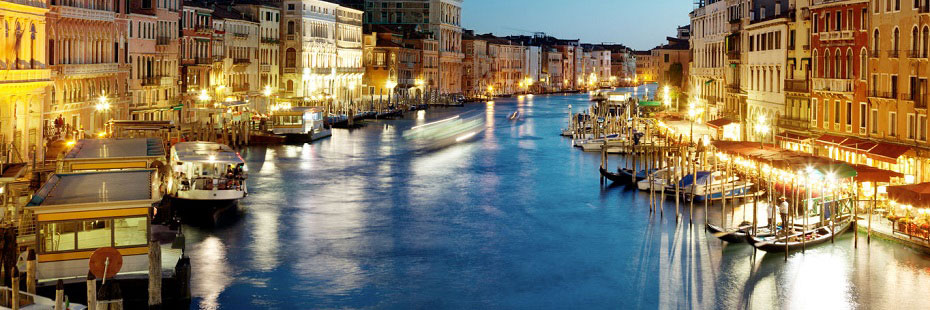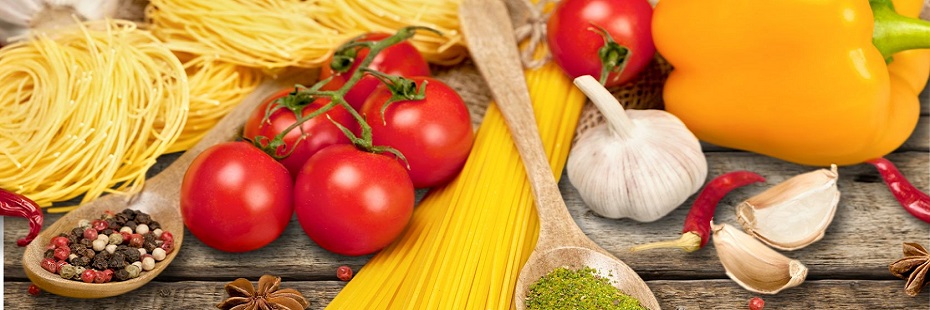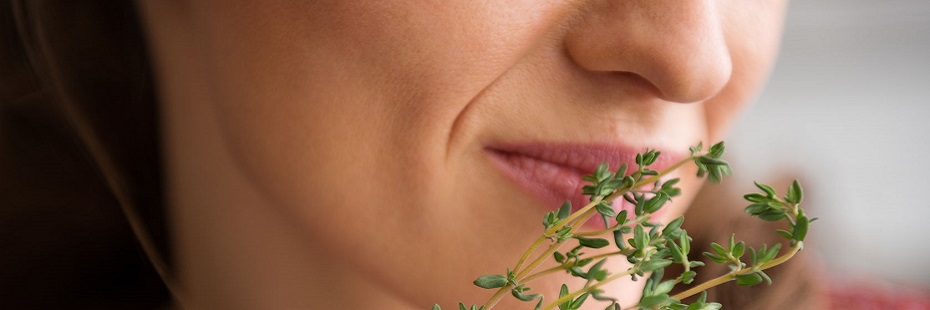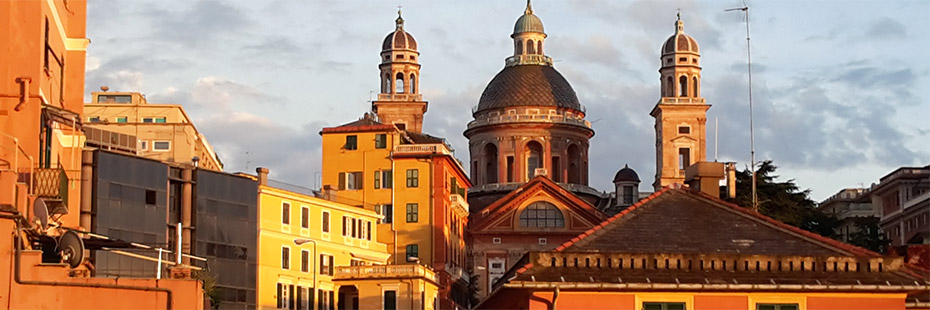"Anno nuovo, vita nuova" di Teresa Barbieri
| "Anno nuovo, vita nuova!" Un nuovo anno porta sempre qualcosa di nuovo: questo è ciò che suggerisce il proverbio e ciò che gli italiani amano pensare! Ma alla fine gli italiani si aggrappano sempre alle tradizioni e, ancora una volta, quest'anno hanno celebrato l'arrivo del Nuovo Millennio con le lenticchie come parte del menù di Capodanno. | "Anno nuovo, vita nuova!" A new year brings always something new: this is what a proverb suggests and what Italians like to think! But in the end Italians always stick with tradition and, once again, this year they celebrated the New Millennium's Eve with lentils as part of the New Year's Eve menu. |
 |
|
| Le lenticchie fanno sicuramente parte della tradizione italiana; rappresentano i soldi e si dice che portino buona fortuna per il nuovo anno. Generalmente, a Capodanno vengono servite con il Cotechino. Tuttavia, la loro natura è così ricca che le si può combinare con molti altri cibi e ingredienti. | Lentils are indeed a tradition in Italy; they represent money and are believed to bring good luck for the coming year. On New Year's Eve, lentils are usually served with "cotechino" (pork sausage.) However, their nature is so rich that they can be combined with many other foods and ingredients. |
| Lo chef Alberto
Peretti* - Presidente della Ghost Chef Inc. - propone
con successo da venti anni il seguente menù di
Capodanno:
"Ho accostato ingredienti dietetici e perbenisti che soddisfino le più intime voluttà:
|
Chef Alberto
Peretti* - President of The Ghost Chef Inc. - has been
successfully proposing the following New Year's Eve menu
for the past 20 years:
"I combined spiritual & dietetic ingredients to fulfil our most voluptuous desires:
|
| Certamente un menù interessante! Ci riporta al fatto che nonostante il 2000, lo sviluppo tecnologico e il futuro dei computer, il mangiar bene rimane un elemento importantissimo nelle nostre vite. "Anno nuovo, vita nuova" dunque e "Felice Millennio", ma non dimentichiamo un mangiare buono e sano! | Interesting menu indeed! It reminds us that, (in spite of the year 2000, the technological development and the future of computers), eating well is an extremely important element in our life. "Anno nuovo, vita nuova" then and Happy Millennium, but don't forget a good and healthy eating! |
| Se amate la
buona cucina, ma raramente trovate il tempo durante il
giorno per mangiar come si deve, cucinare o preparare
un pasto sano e interessante, fra i buoni propositi del
Nuovo Millennio aggiungetevi sicuramente questo: trovare
il tempo di gioire "dell'arte del mangiar bene". Provate questa semplice ricetta: |
If you like
good cuisine, but you rarely find the time during the
day to eat properly, cook or prepare healthy and interesting
meals, among the good intentions for the New Millennium
add this one: find more time to enjoy the 'art of eating
well'. Try the following simple recipe: |
Gnocchi di patate |
Gnocchi di patate |
| Ingredienti: Circa 1 kg di patate - circa 5 tazze di farina - sale | Ingredients: Approximately 2 lb. potatoes - approximately 5 cups flour - salt |
| Pelate le patate
(se sono troppo grosse tagliatele a metà) e bollitele
in acqua. Aggiungete il sale. Non cuocetele troppo. Scolatele
e passatele fino a farne un puré. Aggiungetevi
la farina (la quantità
esatta dipende dalle patate: alcune assorbono più o
meno farina). Lavorate il composto fino a ottenere una
pasta morbida. Riempite una grossa pentola di acqua e portatela ad ebollizione a fuoco alto. Aggiungete il sale. Dividete la pasta in pezzi. Su un ripiano infarinato, fate rotolare la pasta sotto le mani in modo da ottenere dei "tubi" di circa un centimetro e mezzo. Tagliate i "tubi" di pasta a pezzi (di circa tre centimetri). Arrotolate velocemente ciascuno gnocco sulla punta di una forchetta (pressando al centro) in modo da lasciare l'impronta su ogni gnocco. Mettete gli gnocchi già pronti su un telo infarinato. Appena pronti, cuoceteli nell'acqua bollente finché salgono in superficie (circa tre minuti) e rimuoveteli dall'acqua con un colino. Disponeteli in un piatto fondo da portata e spolverateli con parmigiano; aggiungete dei tocchi di burro e salvia oppure salsa di pomodoro. Per la ricetta della salsa di pomodoro controllate il seguente articolo del Gallery: |
Peal the potatoes
(if they are very big cut them in half) and boil them
in water. Add salt. Don't let them overcook. Drain them
and mash them. Work in the flour (the exact amount of
flour depends on the potatoes: some may absorb more or
less flour.) Work the mixture into a smooth dough. Fill a large pot with water and bring to boil over high eat. Add salt. Divide the dough into large pieces. On a floured board, roll the pieces into tubes about half inch thick. Cut the rolled pieces into smaller pieces (about one inch large.) Roll each piece quickly on the point of a fork pressing them in the center, in order to leave an impression on each of the gnocchi. Lay the gnocchi on a floured towel until they are all ready. Cook them in the large pot with boiling water; when they come to the surface (approximately after 3 minutes) remove them from water with a skimmer. Arrange them in a serving bowl, sprinkle them with parmesan cheese, a little butter and sage or tomato sauce. For a tomato sauce recipe check the following article on the Gallery section: |
| Molto bene!
Gioite dell'arte del mangiar bene durante il Nuovo Millennio
e dividetene la gioia con i vostri amici: non dimenticate
che la parola italiana "cena"
viene dal greco "koiné" che significa "unione". Tanti auguri per un fantastico Millennio e Buon Appetito! |
Very good!
Enjoy the art of eating during the New Millennium and
share the joy with your friends: don't forget that the
Italian word "cena" (dinner) comes from the
Greek word "koin¹" which means 'union'.
Have a wonderful Millenium and 'Buon Appetito'! |
* Alberto Peretti, Milano - New York - Atene |
*Alberto Peretti, Milan - New York - Athina |
TESTIMONIAL (more...):







